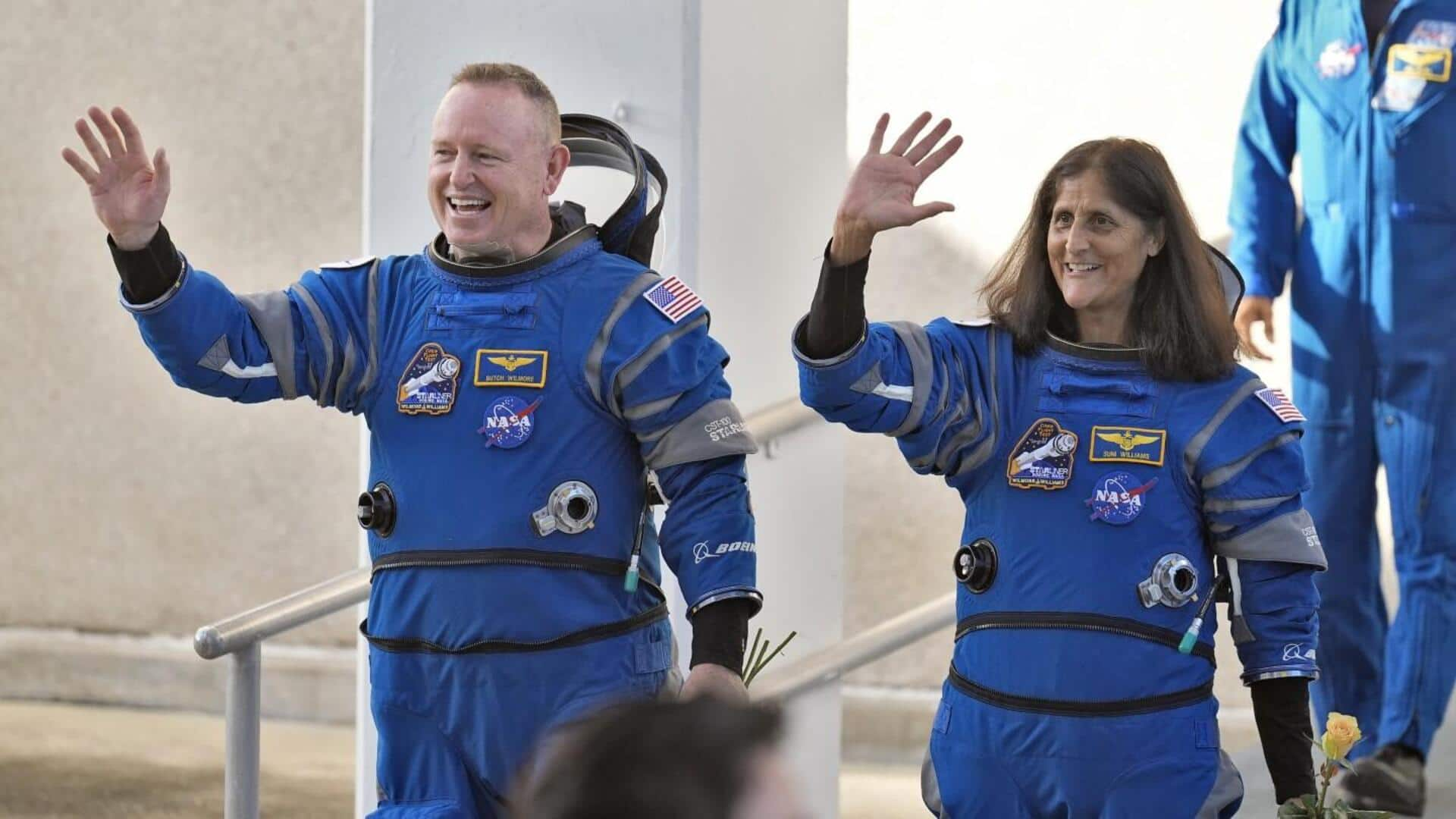
Boeing's Starliner successfully launches NASA astronauts after years of delays
What's the story
Boeing has successfully launched astronauts into space for the first time, joining SpaceX as a second taxi service for NASA. The launch took place today from Cape Canaveral, Florida, with NASA test pilots Butch Wilmore and Sunita Williams, aboard Boeing's Starliner capsule. "I know it's been a long road to get here," said Steve Stich, NASA's Commercial Crew Program Manager. This marks the first time the new spacecraft has been flown.
Space travel
Astronauts' journey to ISS underway
The astronauts are expected to reach the International Space Station (ISS) in 25 hours, arriving on Thursday. Wilmore and Williams will spend just over a week at the orbiting lab, before returning to Earth in the Starliner. The spacecraft is scheduled to touch down in a remote desert in the western US on June 14. Both astronauts, retired Navy captains and former space station residents, expressed confidence in Boeing ahead of the launch.
Overcoming challenges
Boeing overcomes setbacks to achieve crew debut
The launch of Starliner was delayed due to flaws in the spacecraft. The initial test flight in 2019 had to be repeated due to software issues, before NASA would allow its astronauts onboard. A successful do-over took place in 2022, although subsequent parachute problems led to further delays. This week's launch was the third attempt with astronauts since early May, with previous attempts thwarted by rocket-related issues, and a small helium leak in the spacecraft's propulsion system.
Space taxis
Boeing and SpaceX: NASA's taxi services to space
Boeing was contracted alongside SpaceX 10 years ago, to transport NASA's astronauts to and from the ISS following the retirement of space shuttles. NASA paid $4.2 billion to Boeing for this service, slightly over half of what it paid to SpaceX. SpaceX launched astronauts into orbit in 2020, a feat previously accomplished only by Russia, the US, and China. Since then, SpaceX has taken nine crews to the ISS for NASA and three private groups for a Houston company.
Autonomous spacecraft
Boeing's Starliner and SpaceX's Dragon: The future of space travel
Today's launch marked the 100th liftoff of Atlas V for United Launch Alliance. This was the first time astronauts have ridden an Atlas rocket since John Glenn's Mercury era 60 years ago. Both Starliner and SpaceX's Dragon are designed to be autonomous and reusable. During their journey to ISS, Wilmore and Williams will occasionally take manual control of Starliner to check its systems. If this mission proves successful, NASA will alternate between SpaceX and Boeing for taxi flights starting 2025.